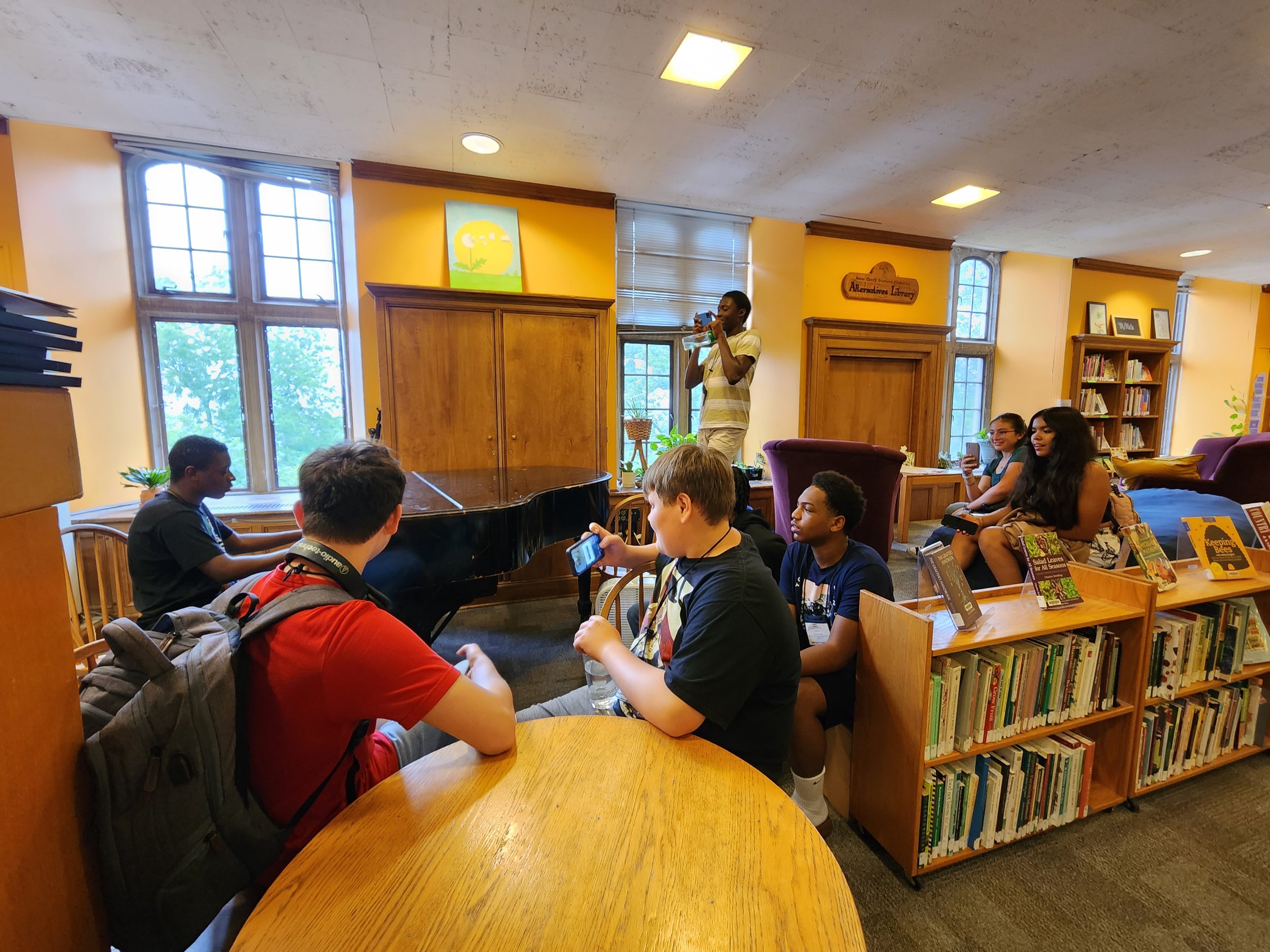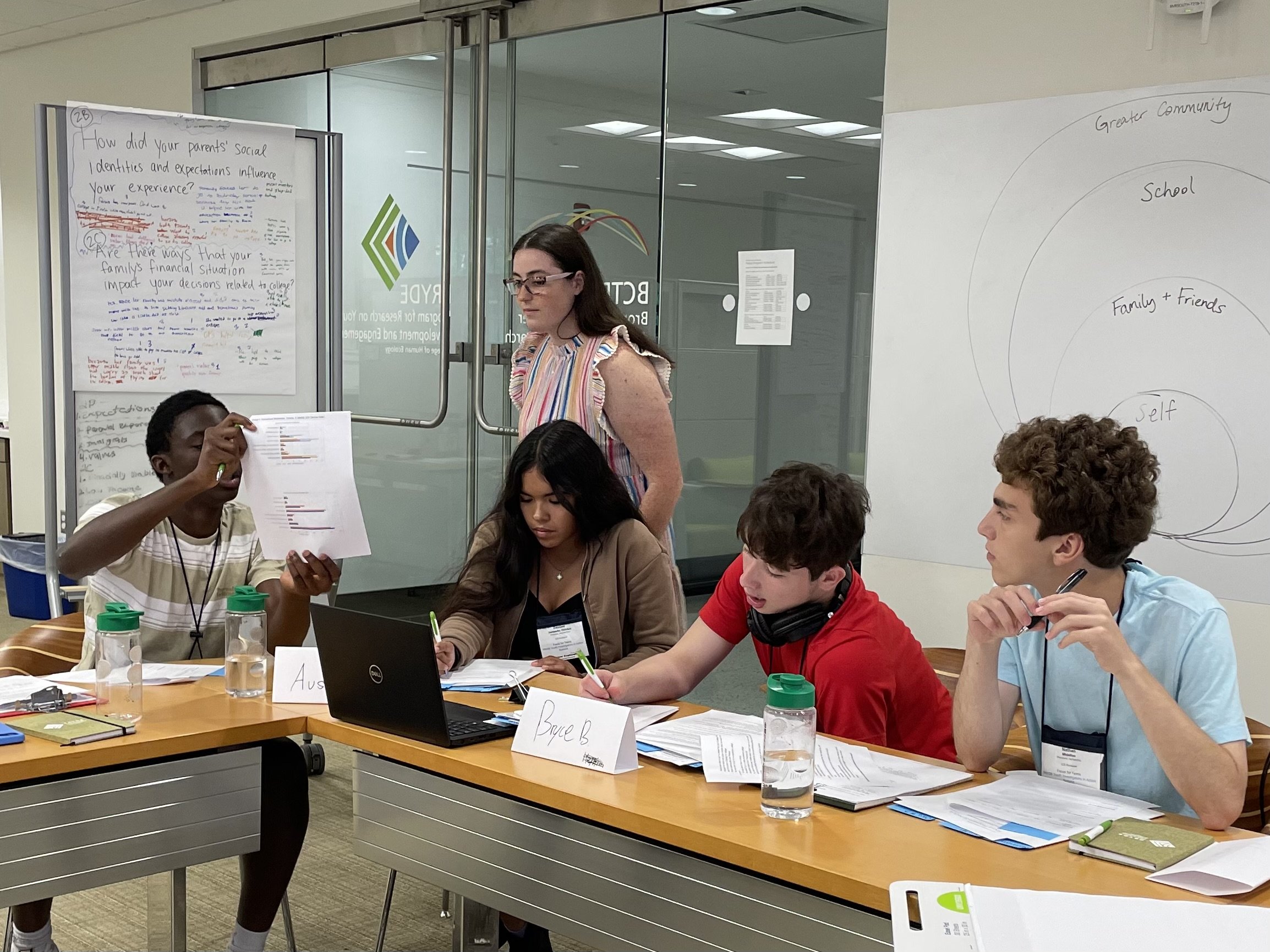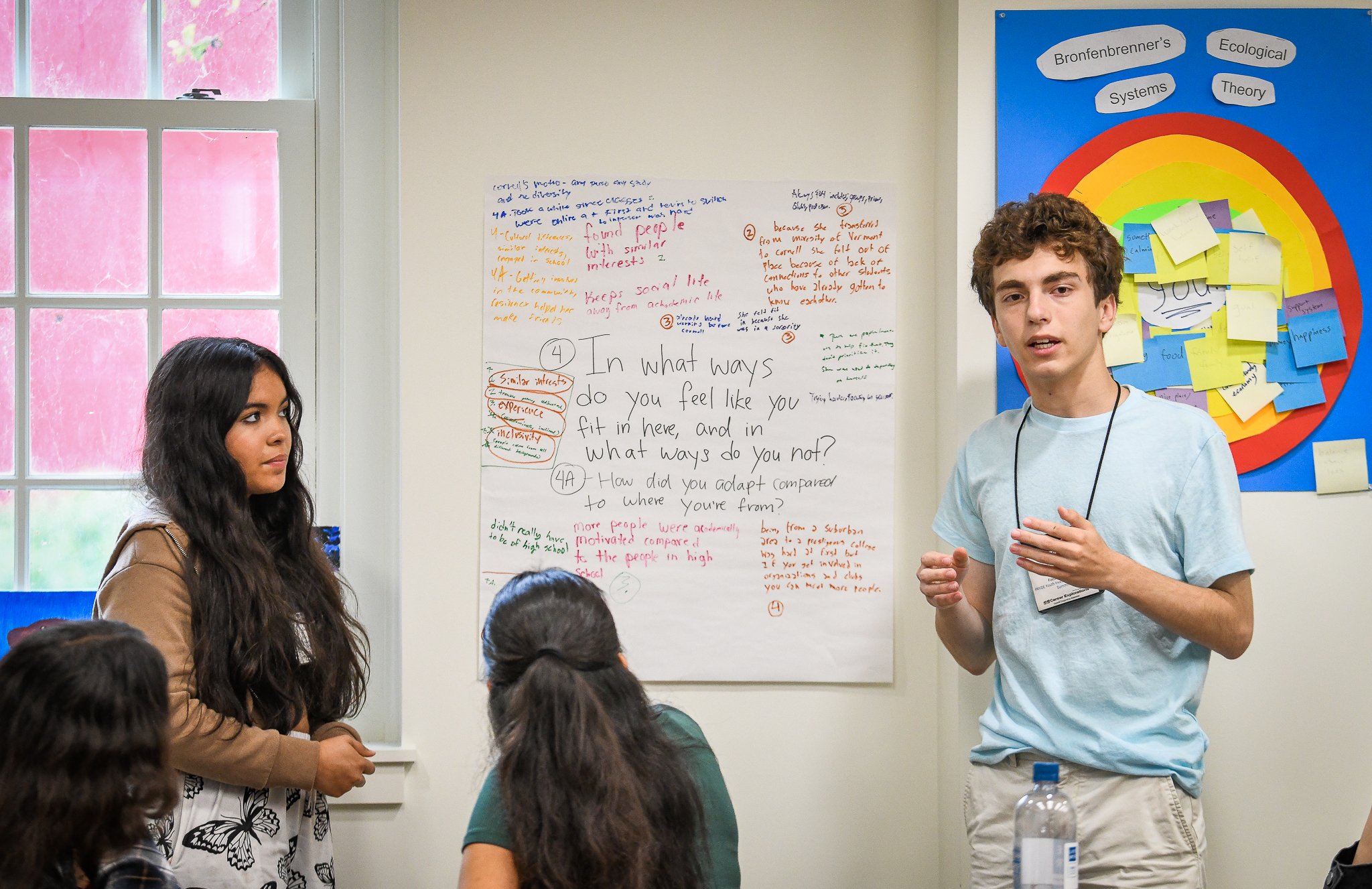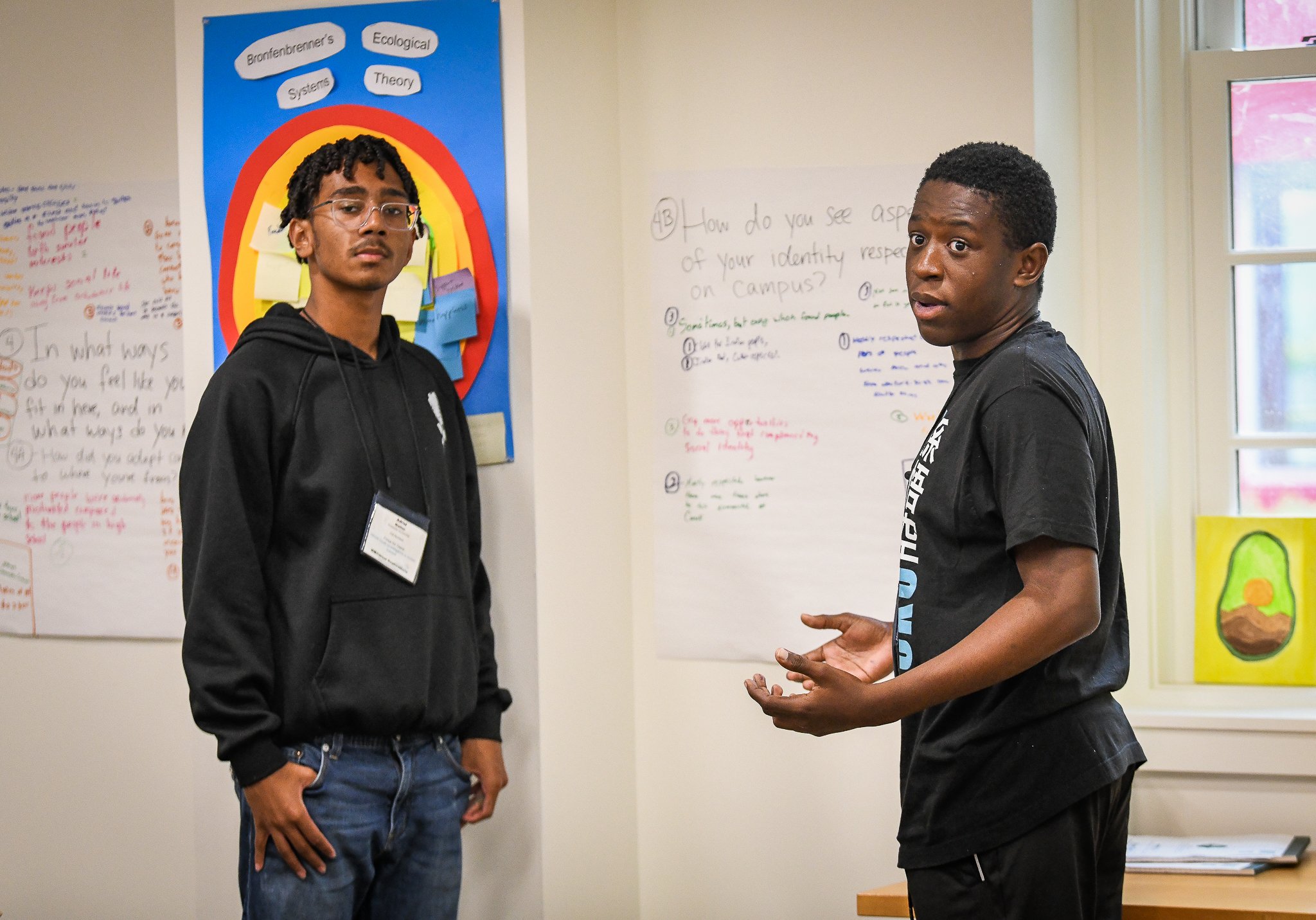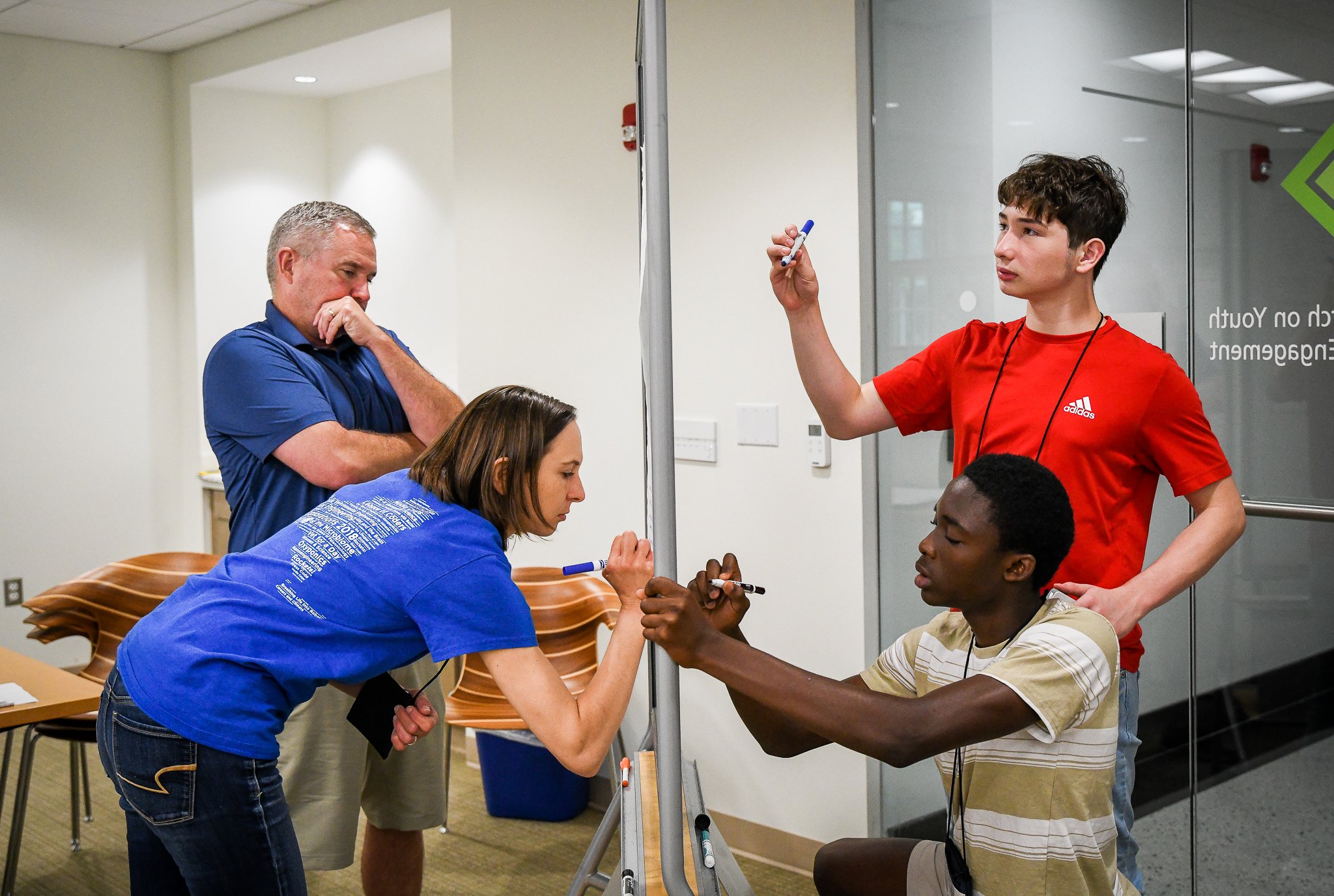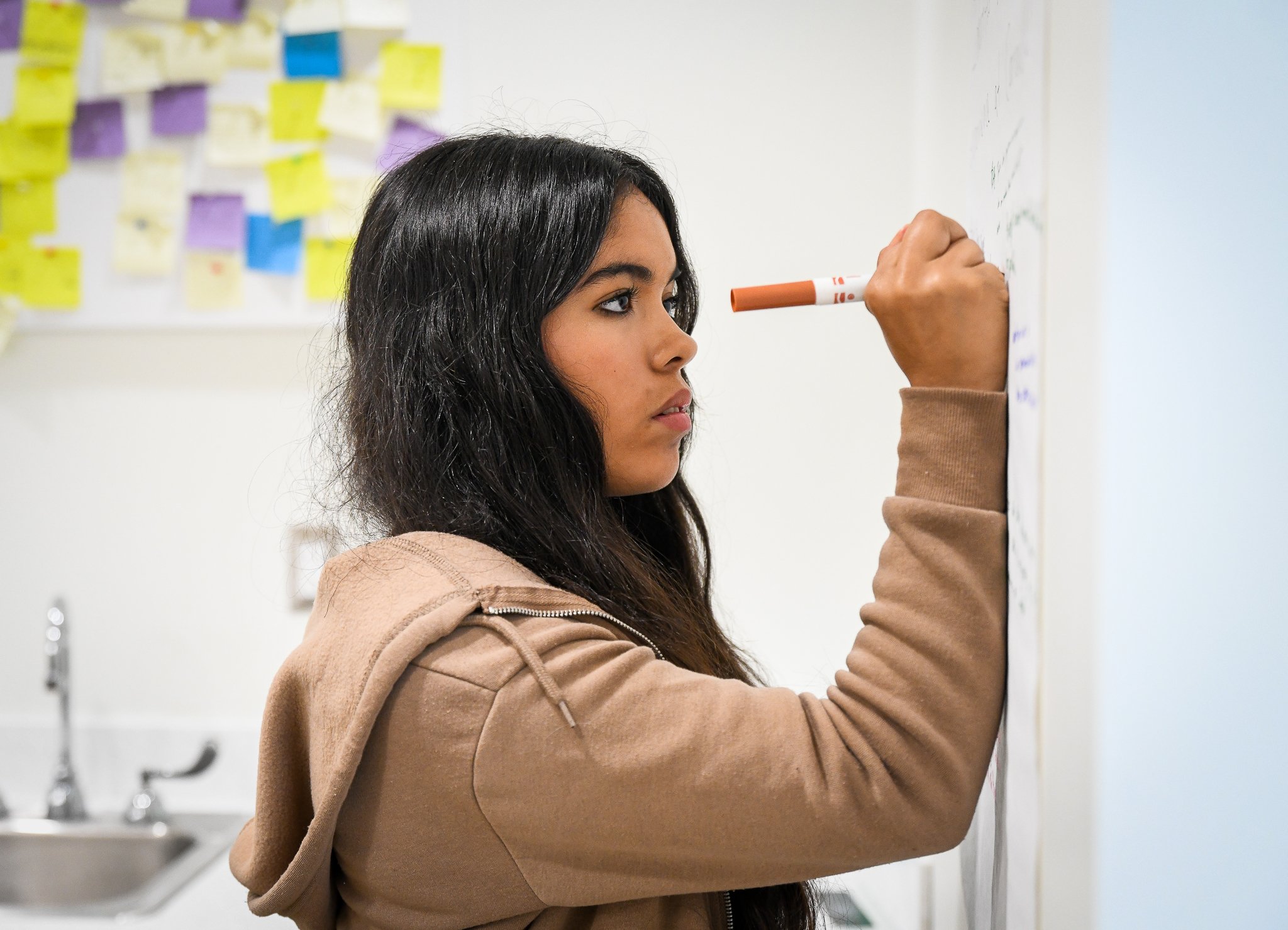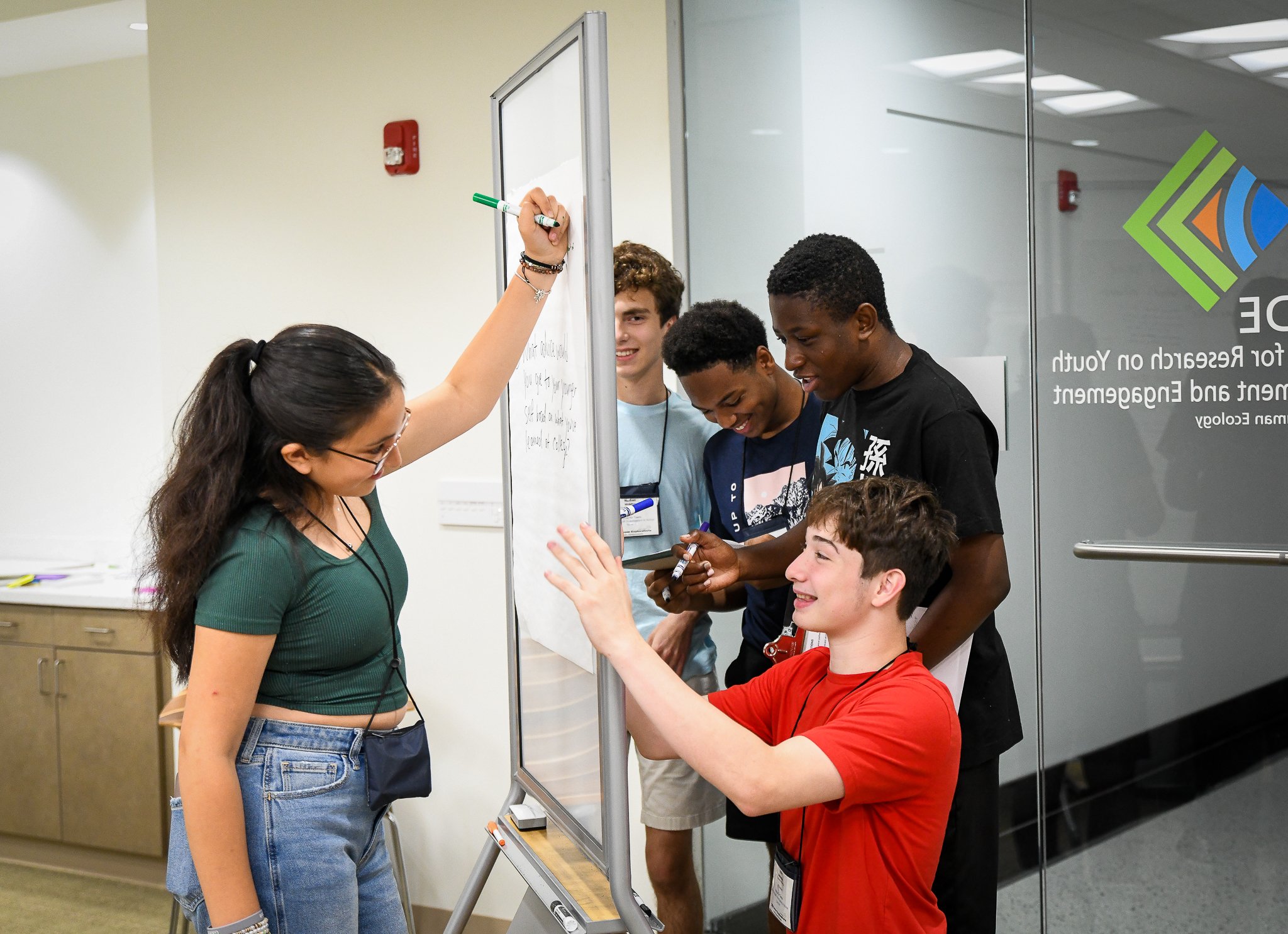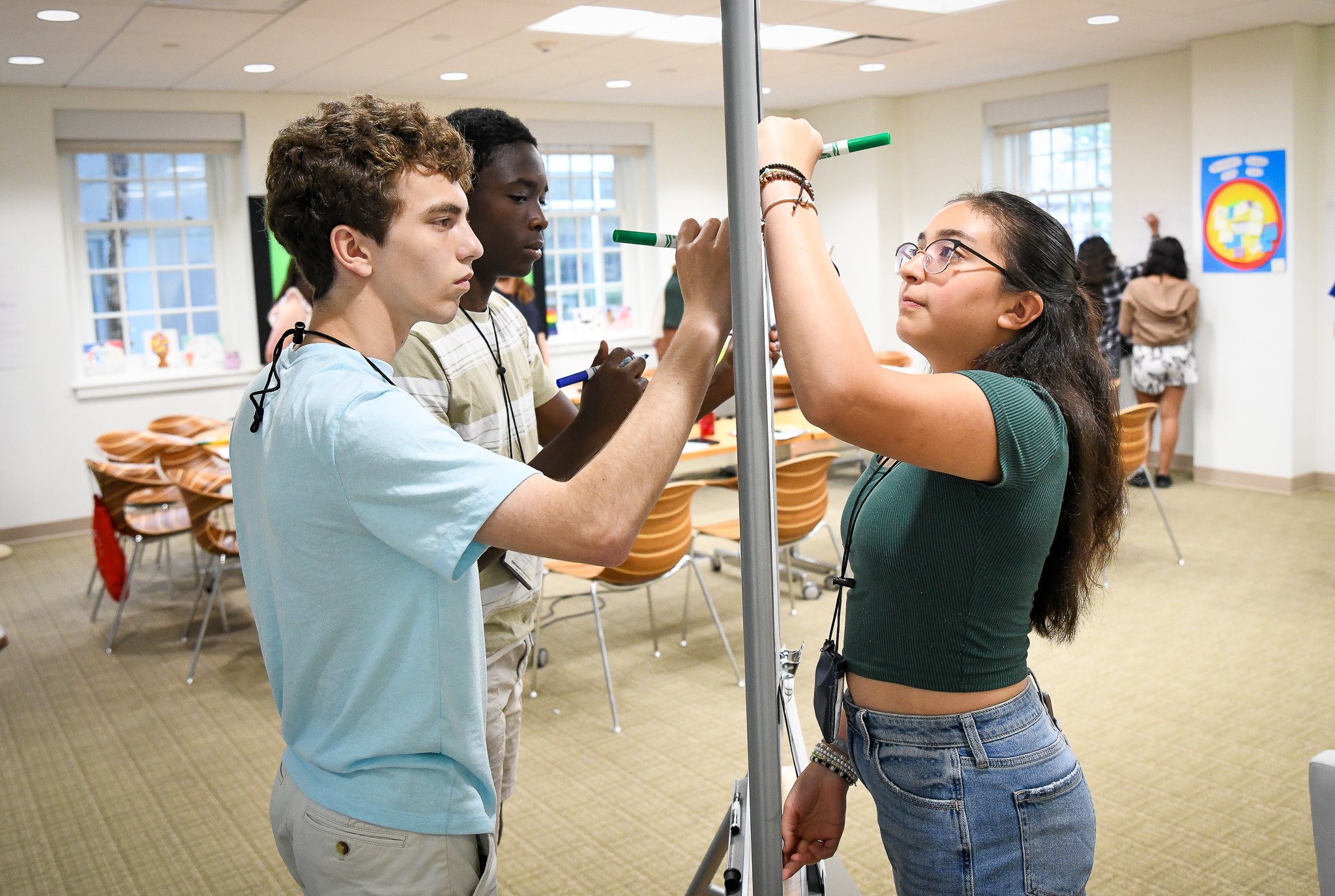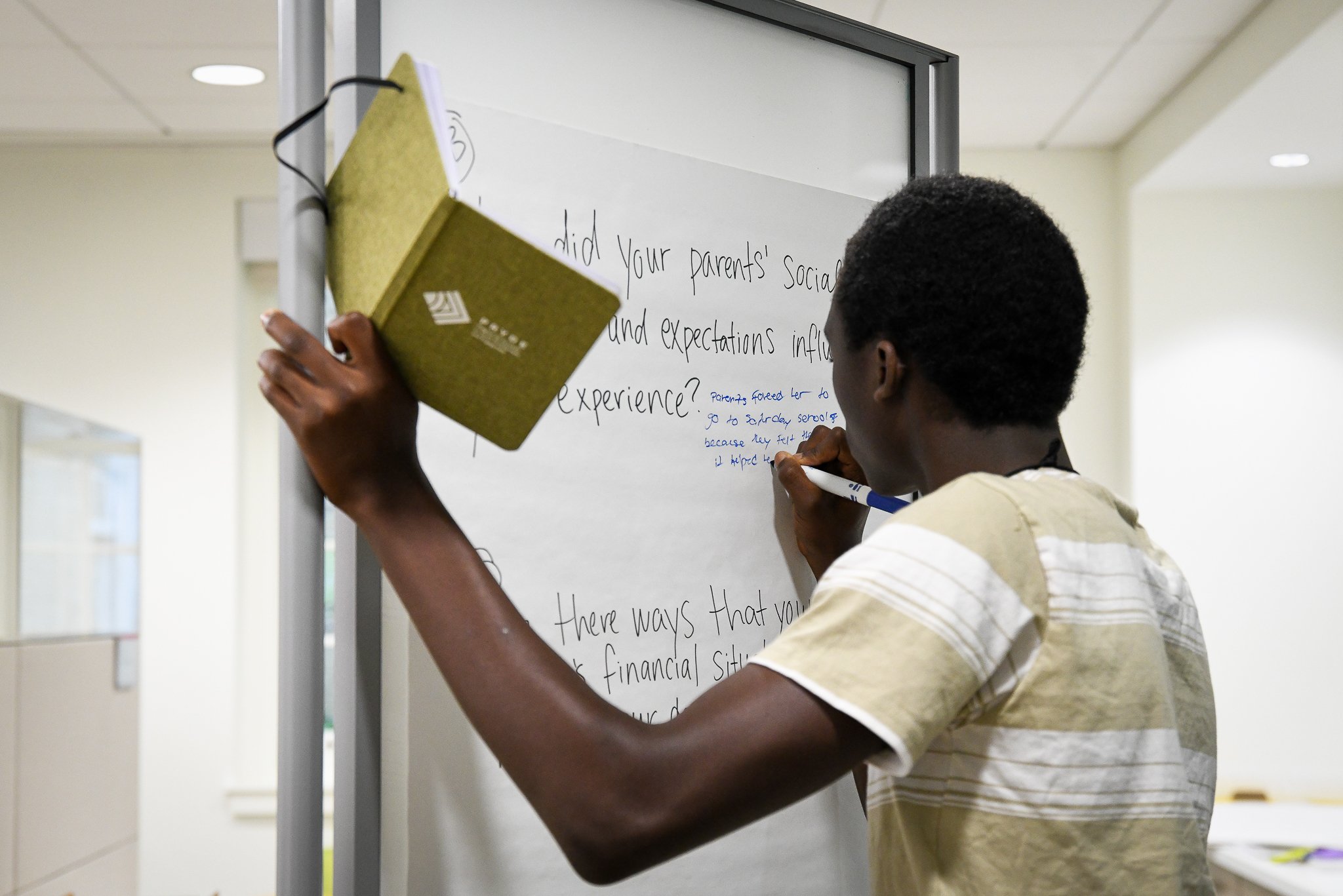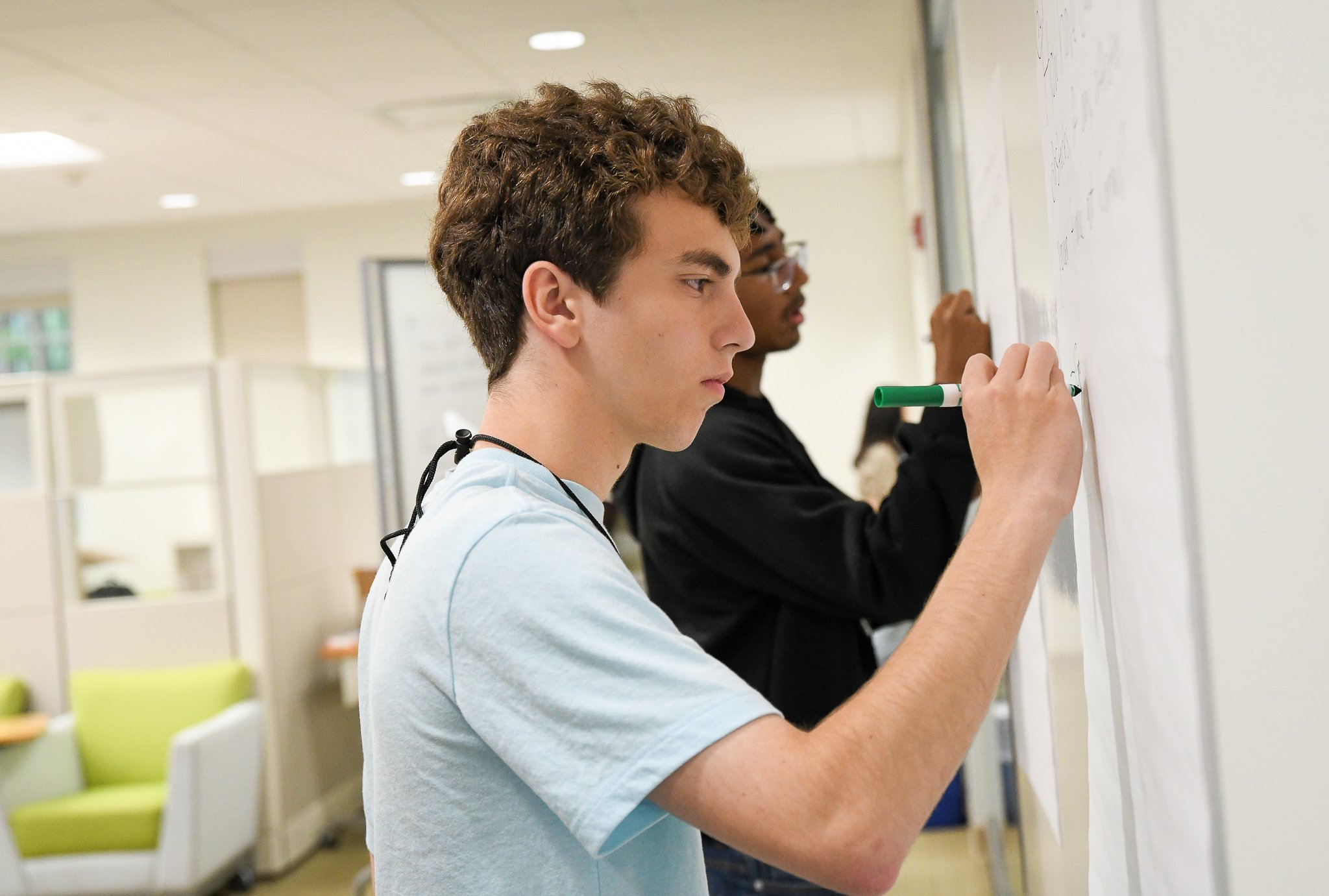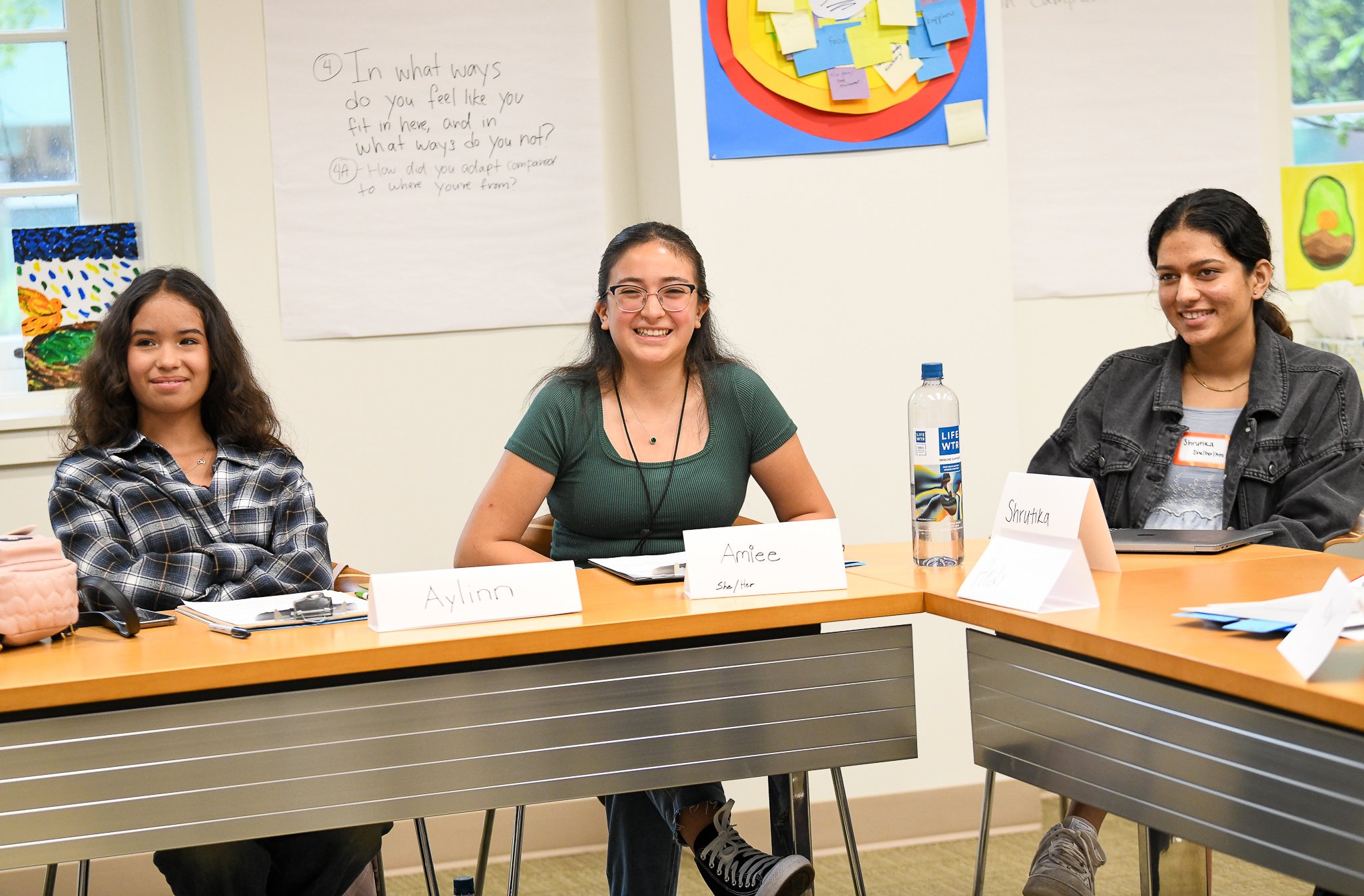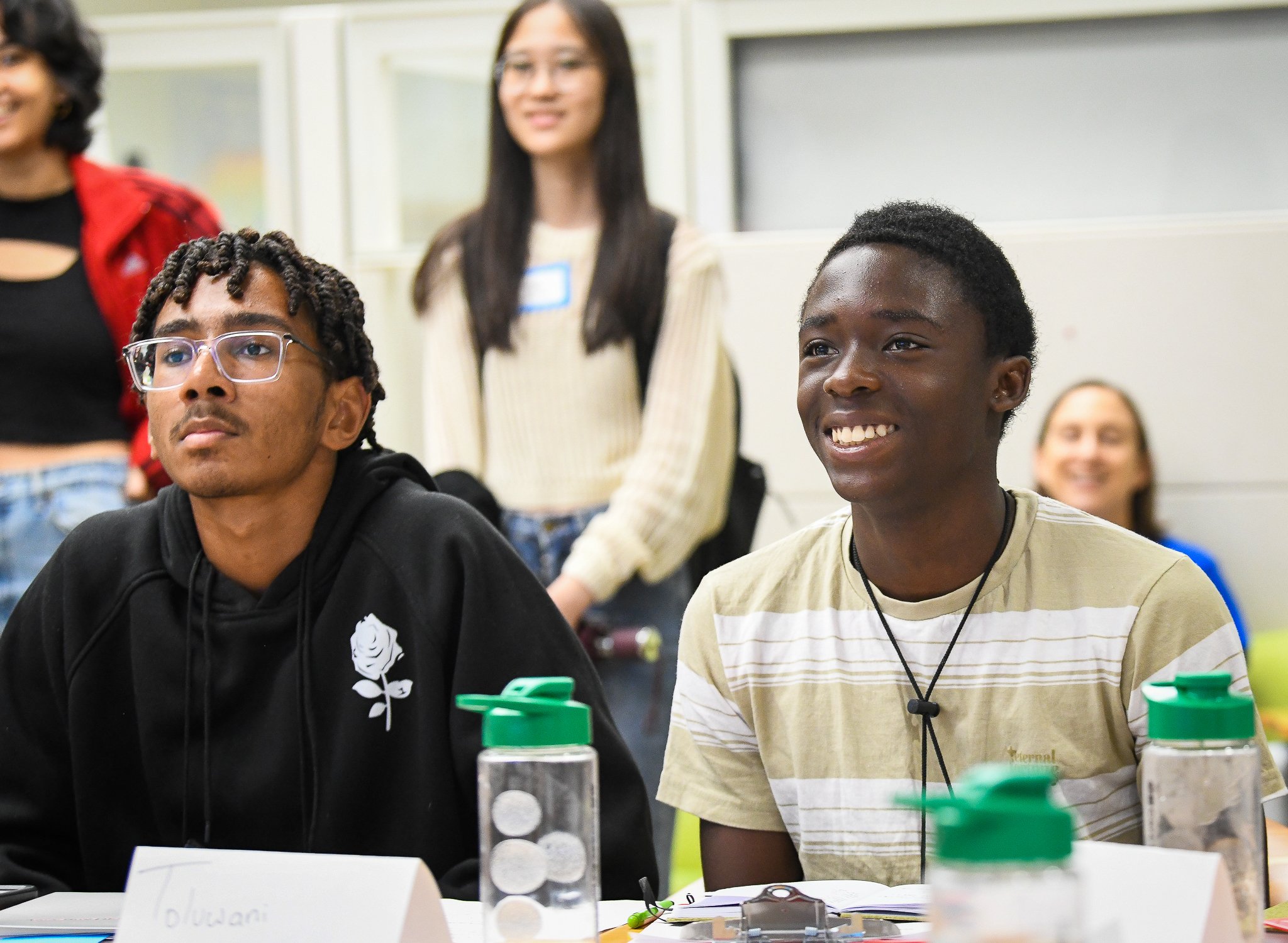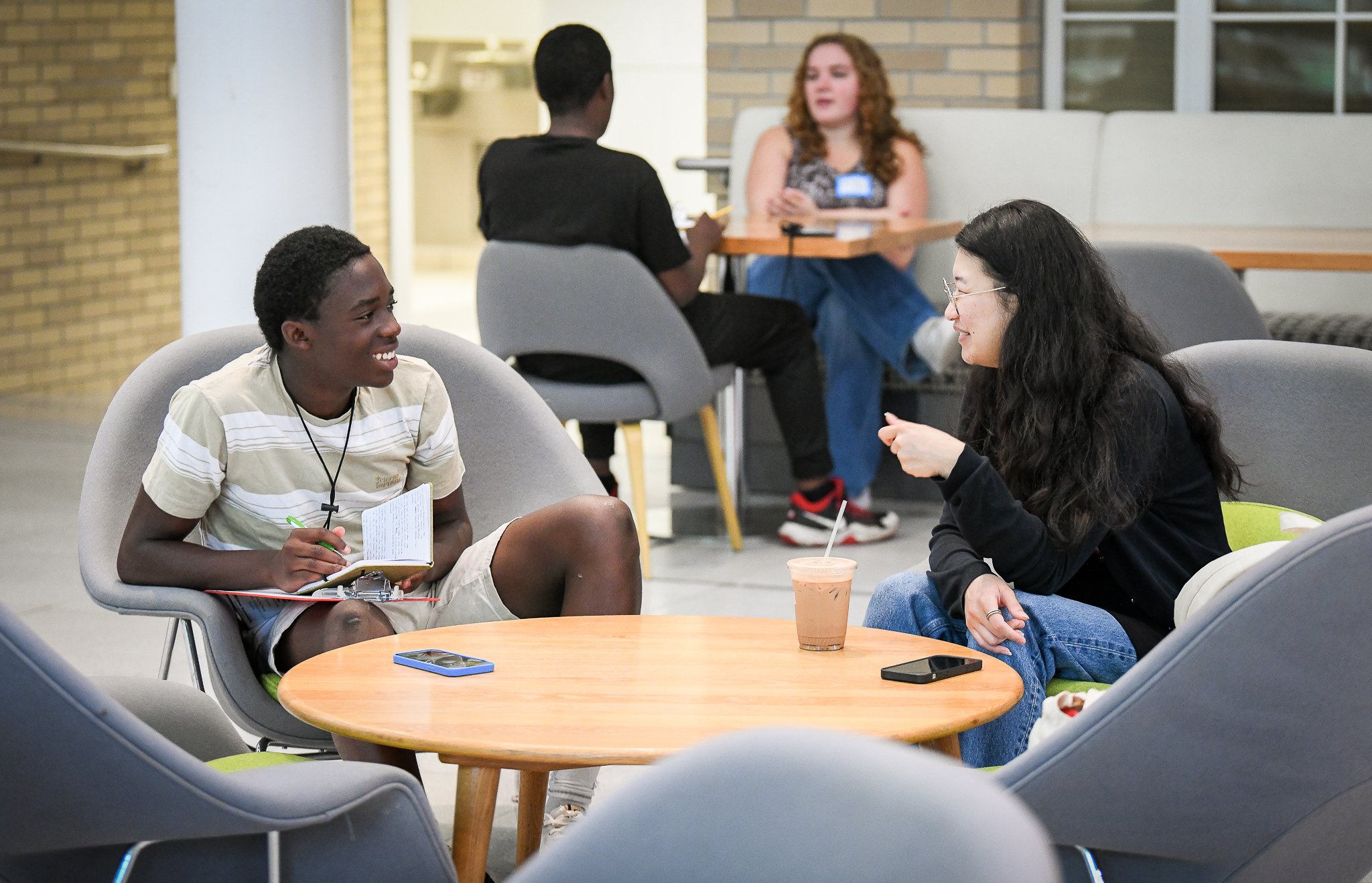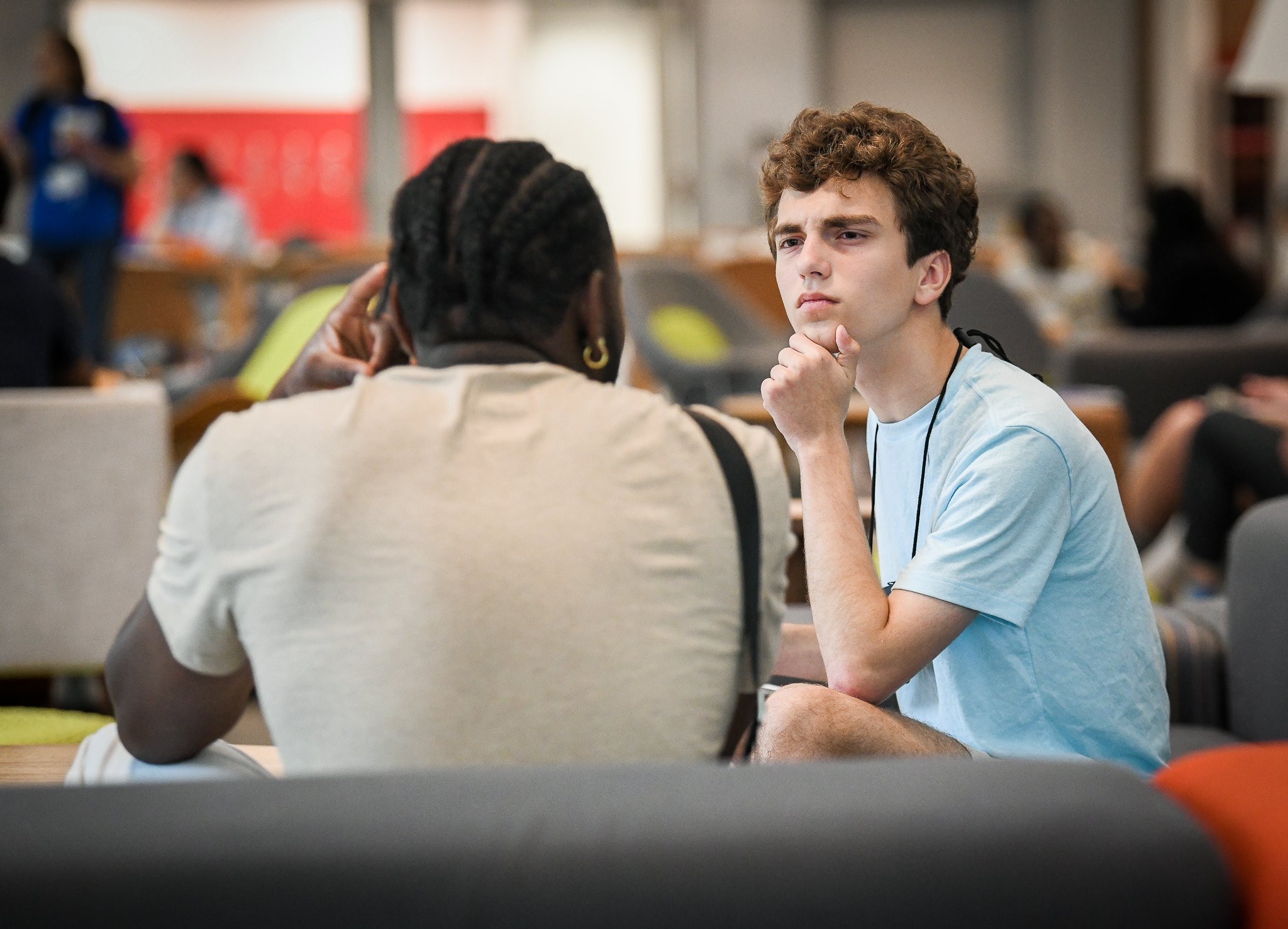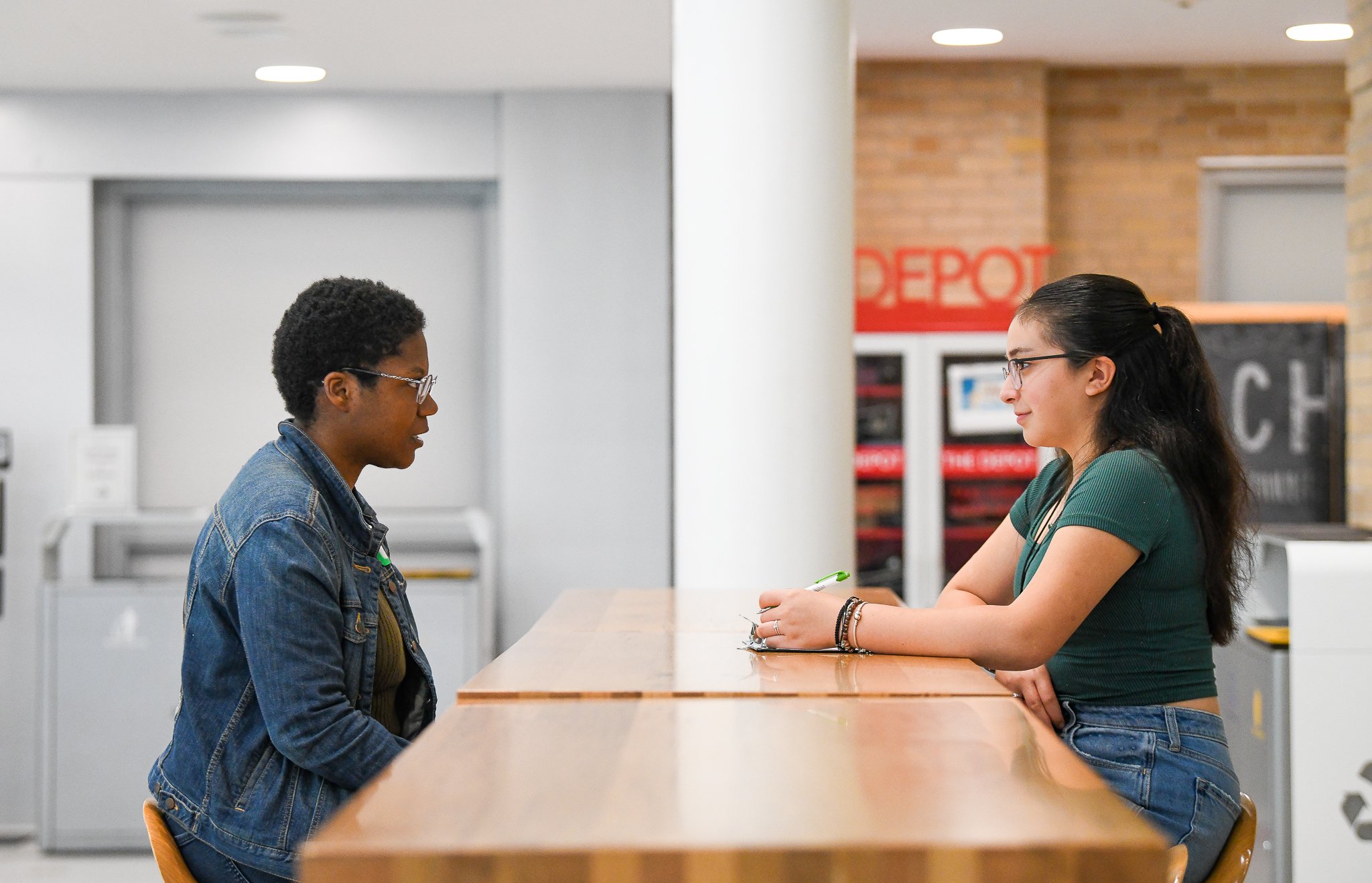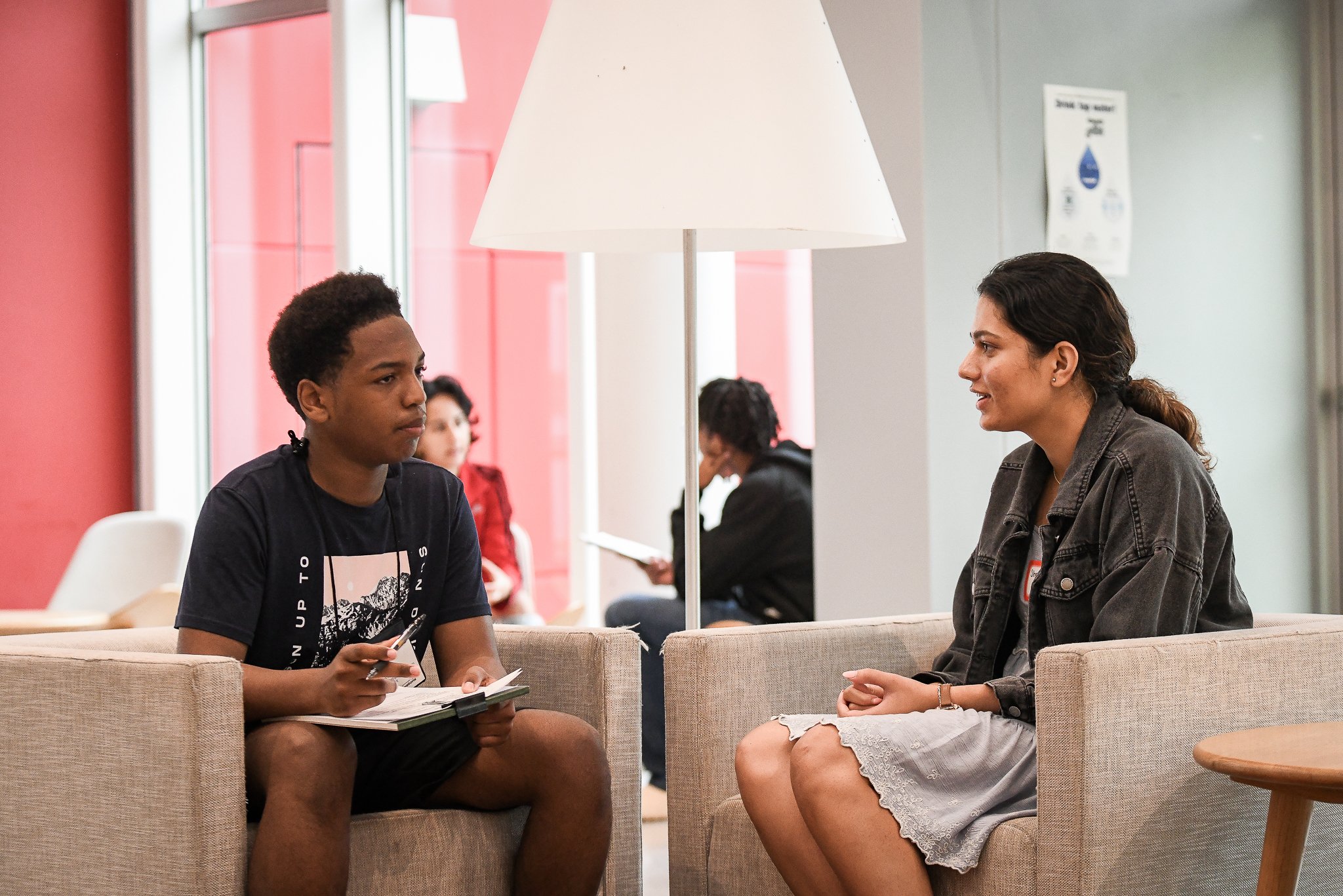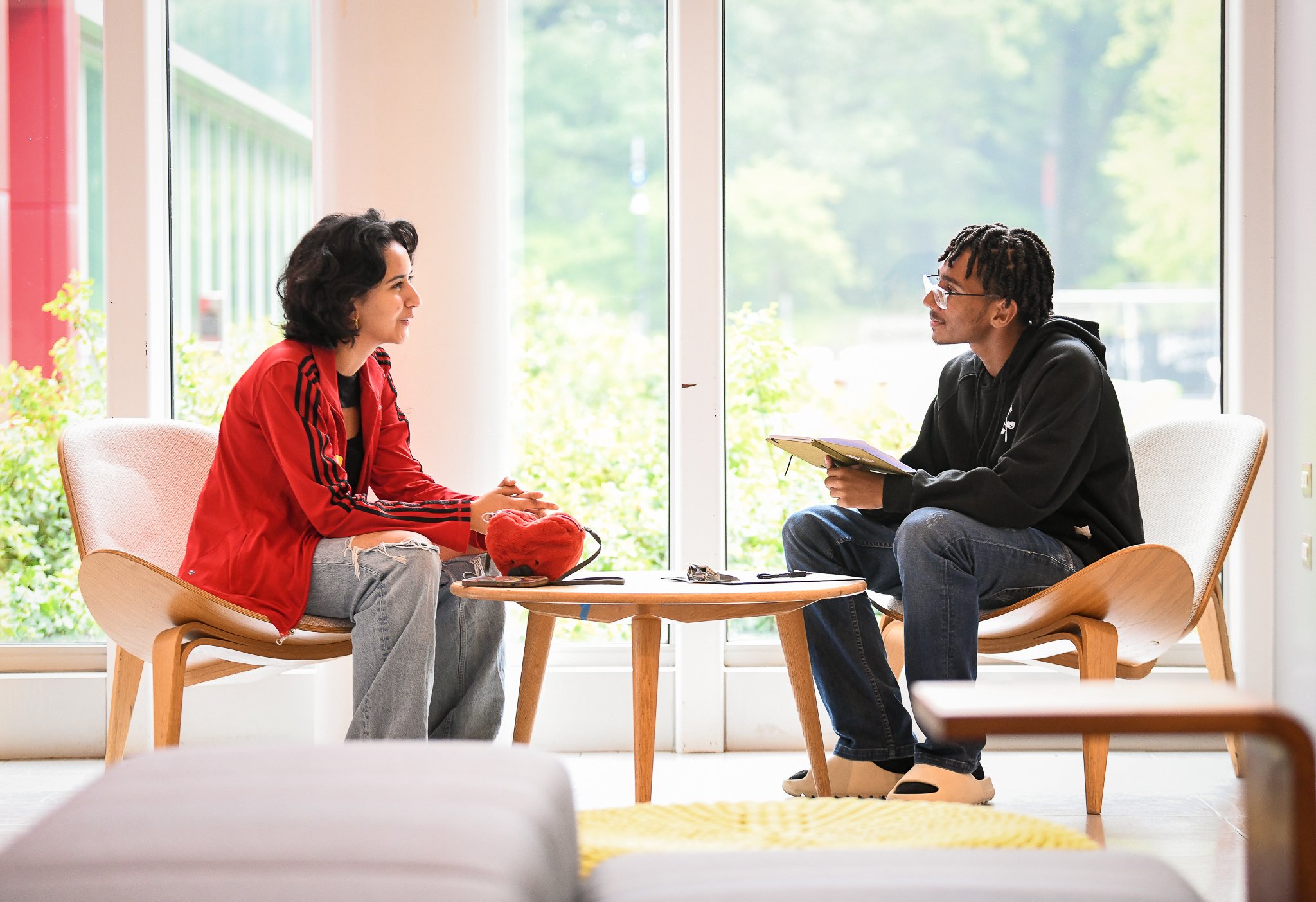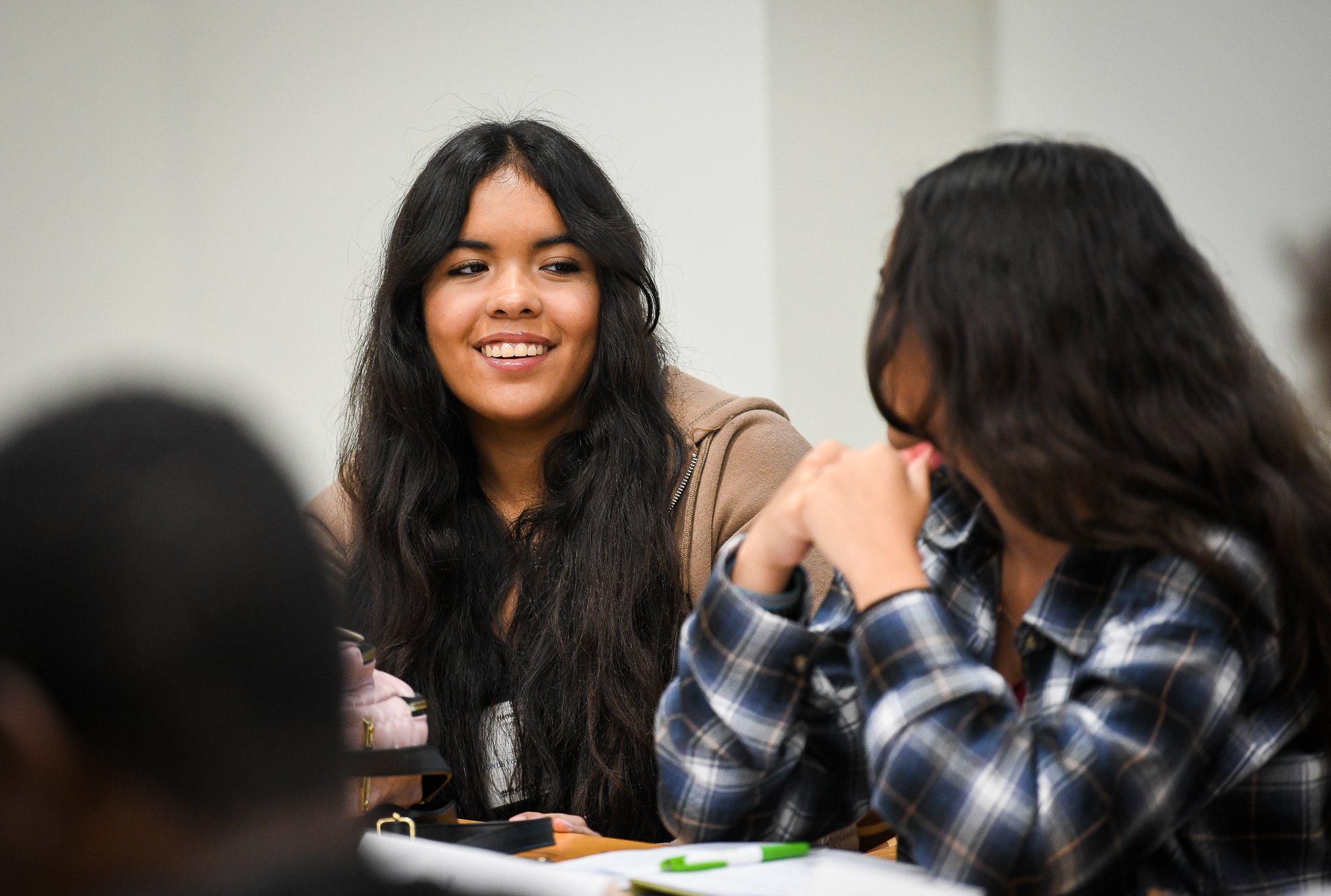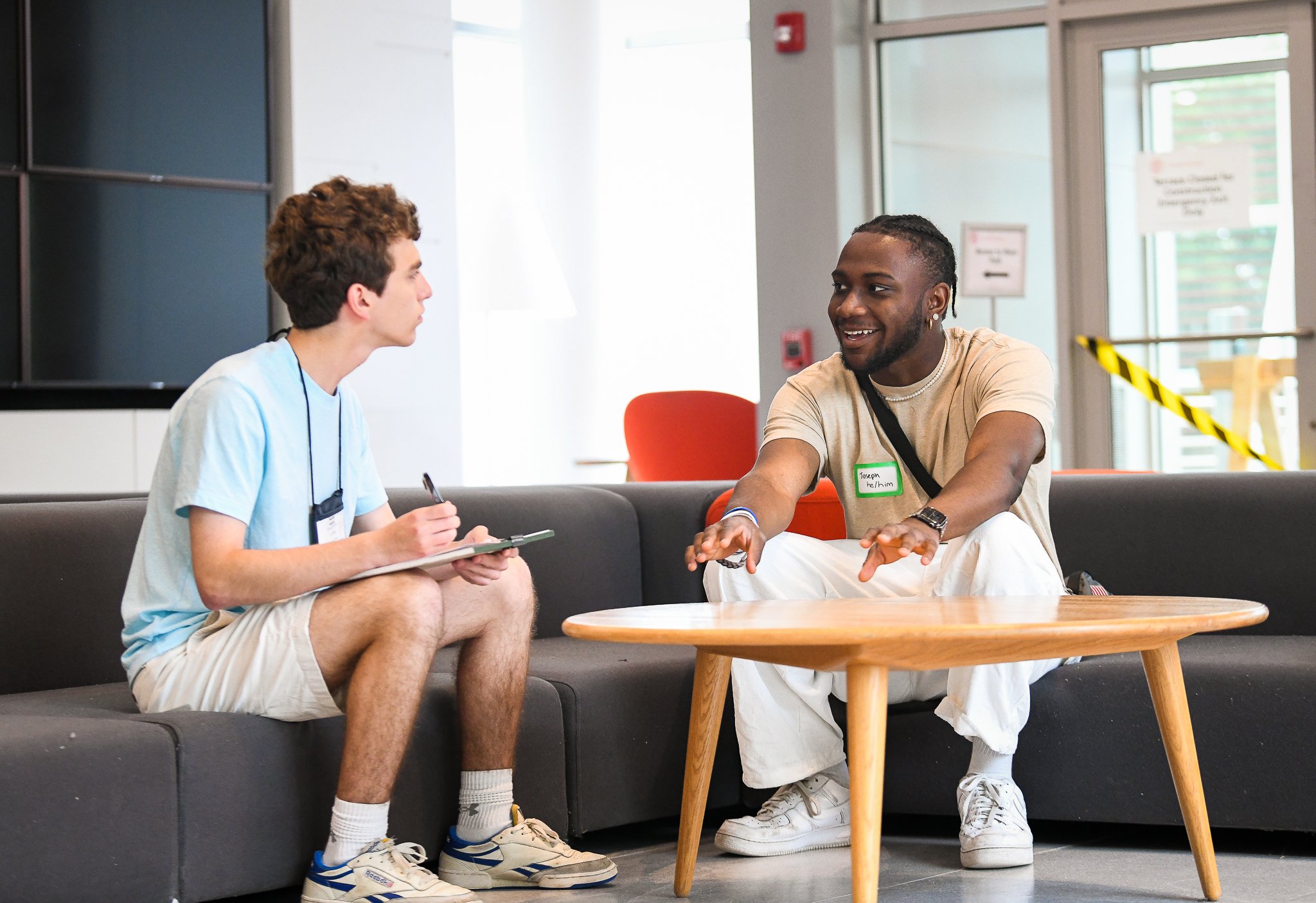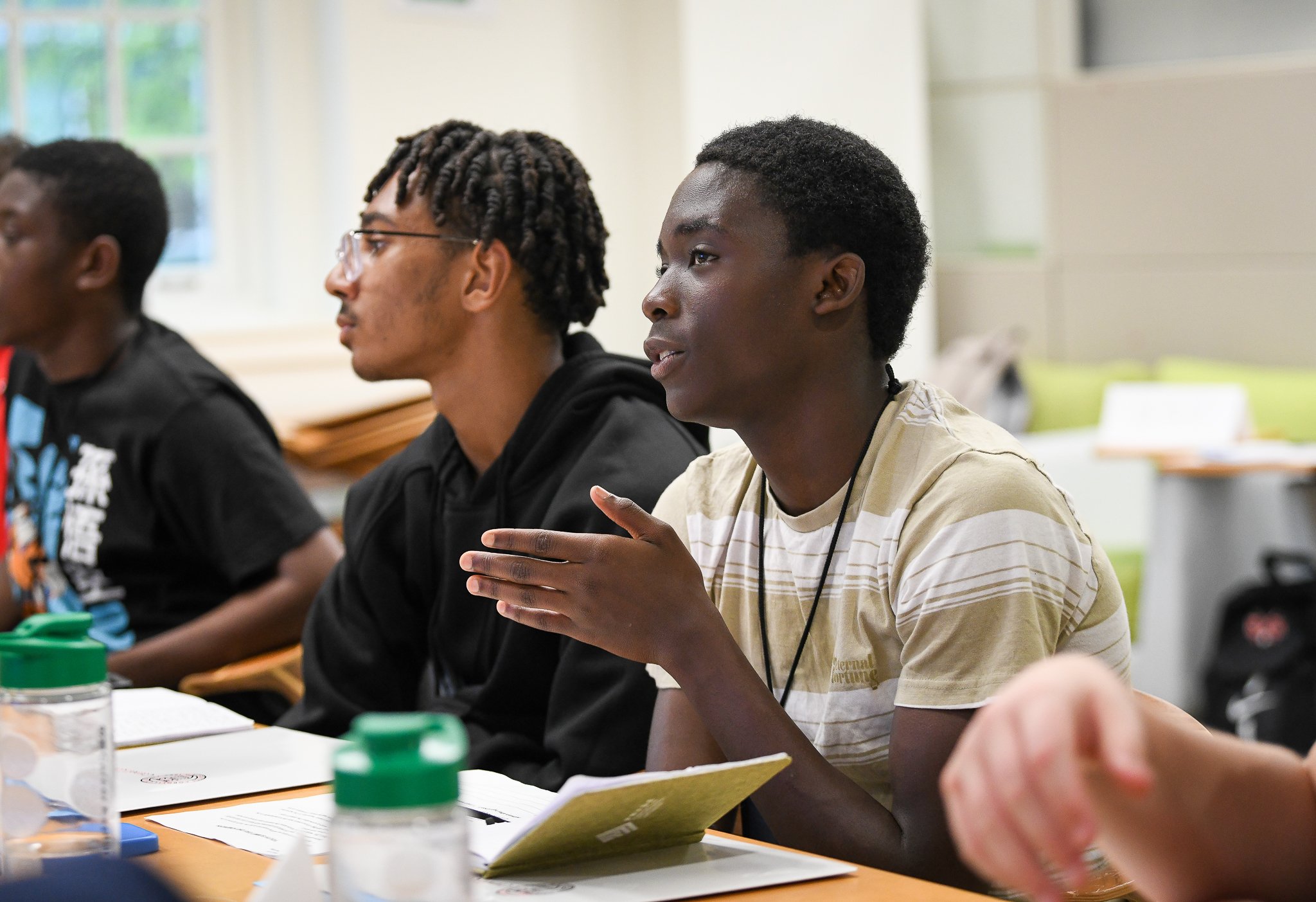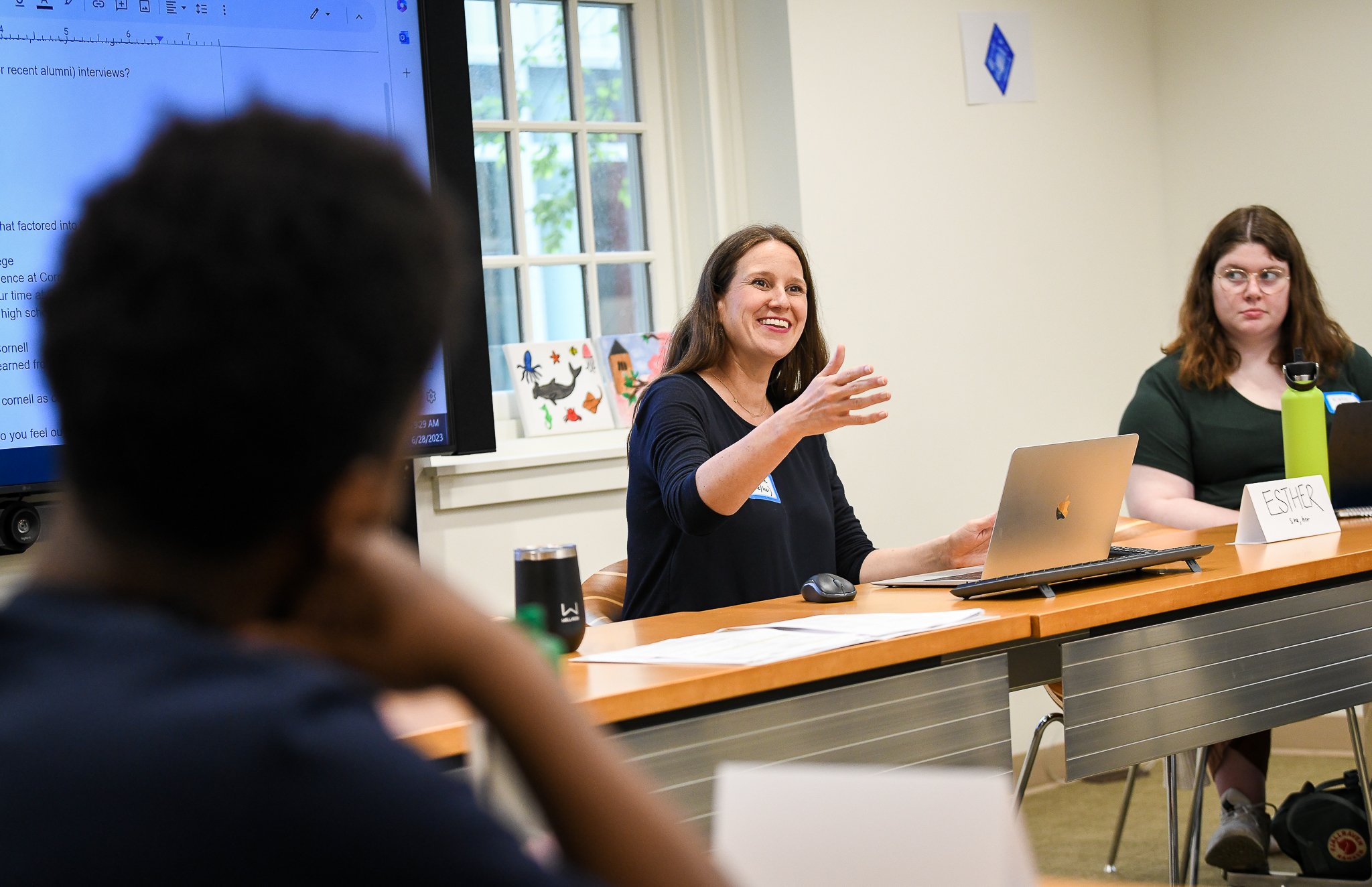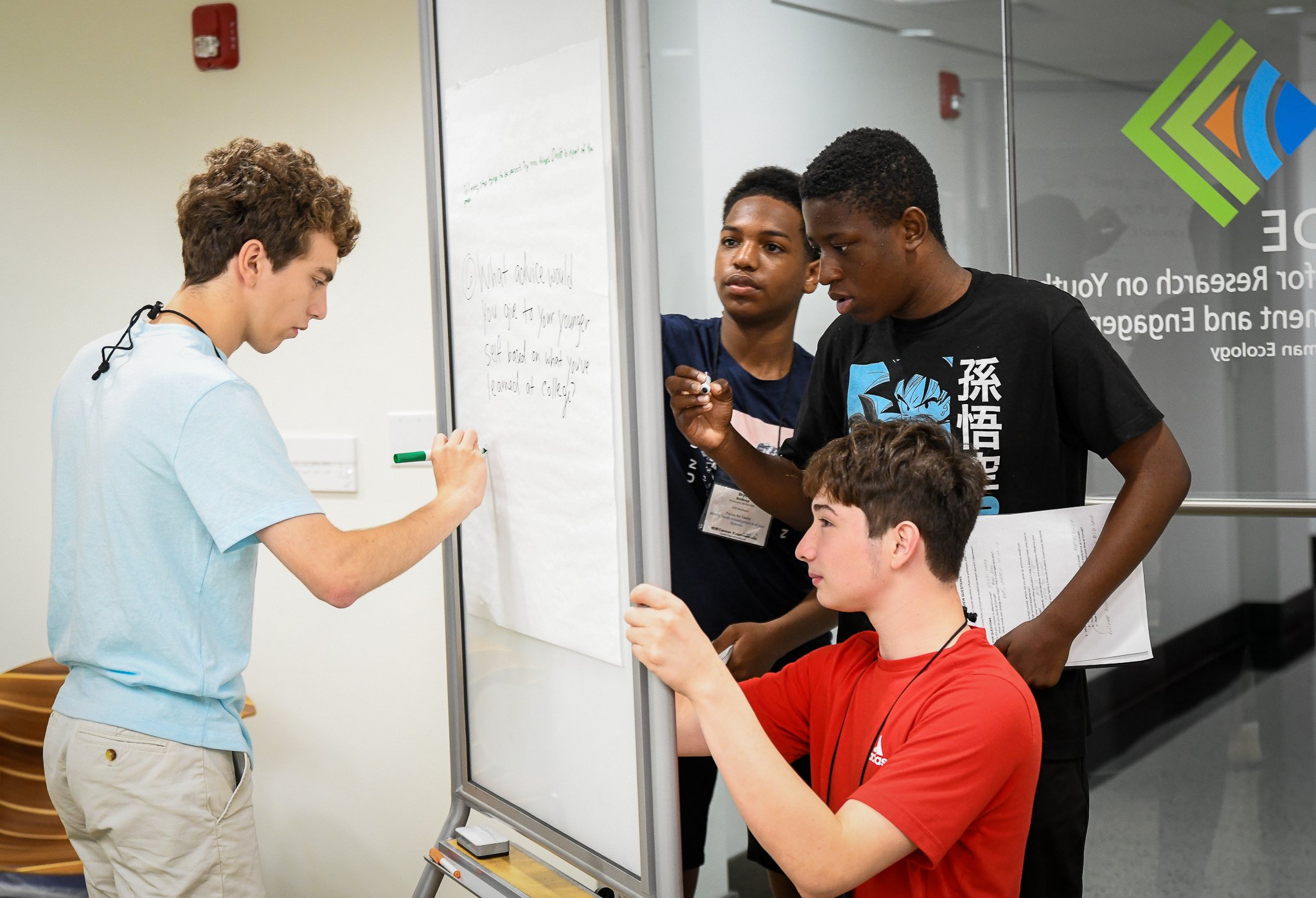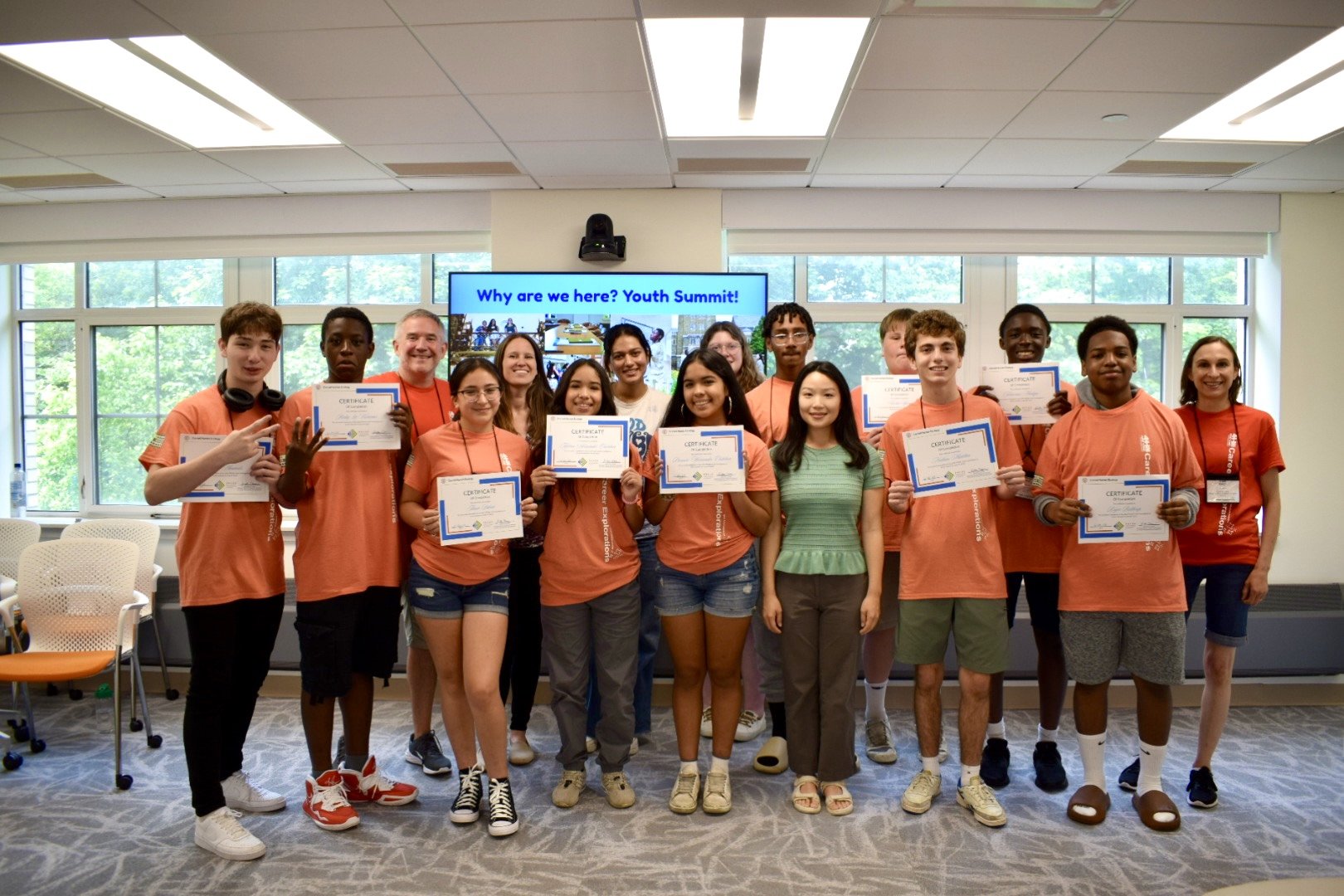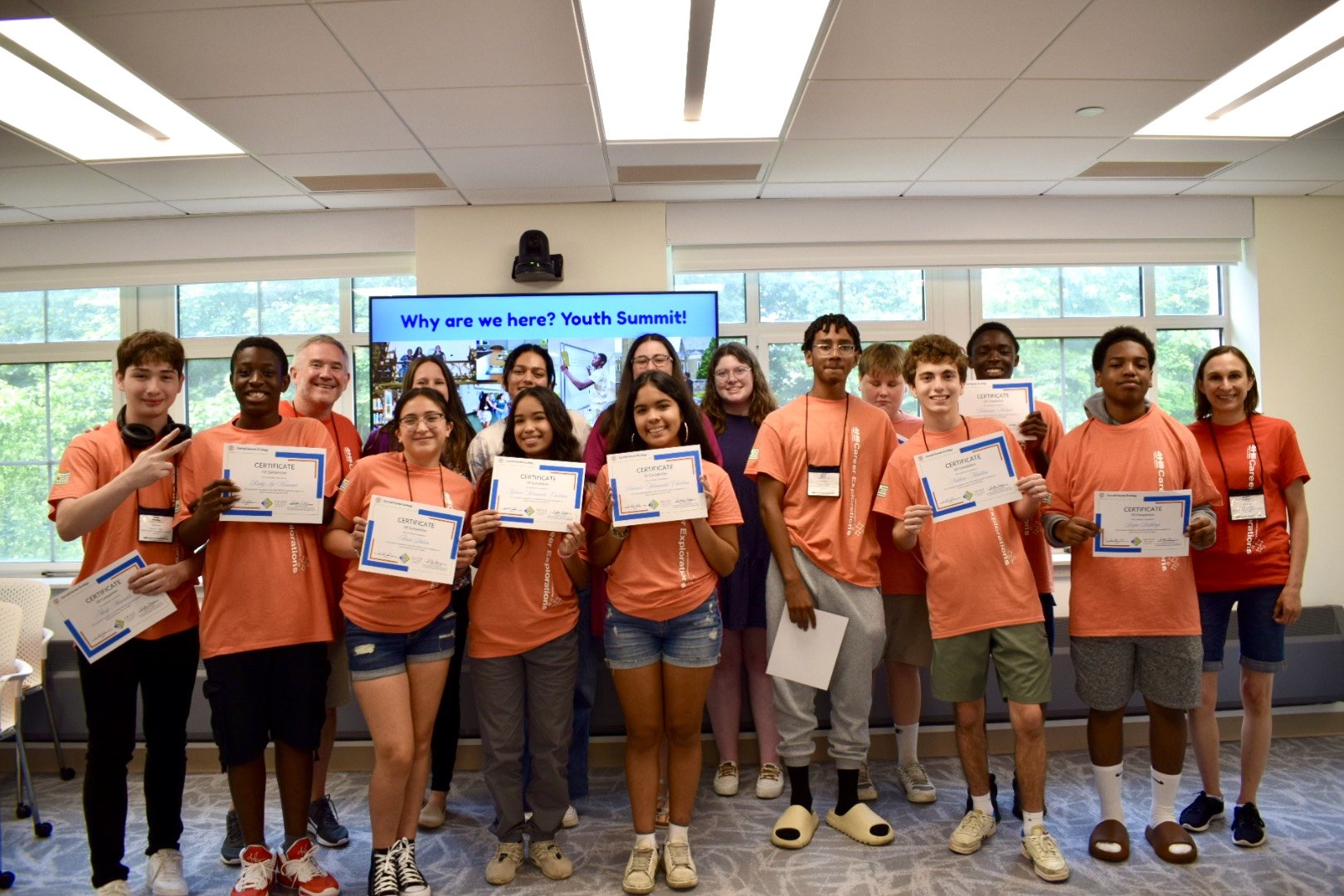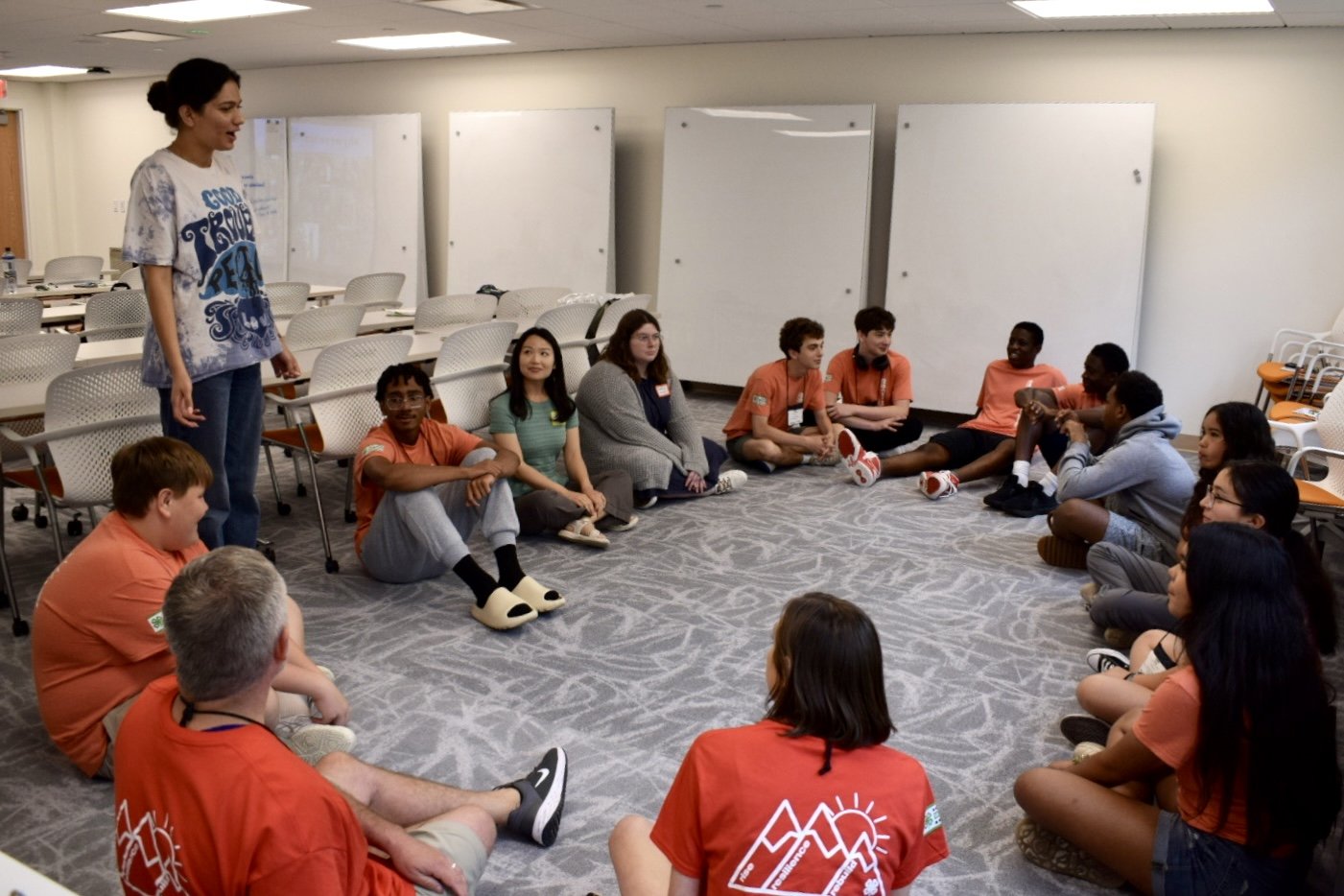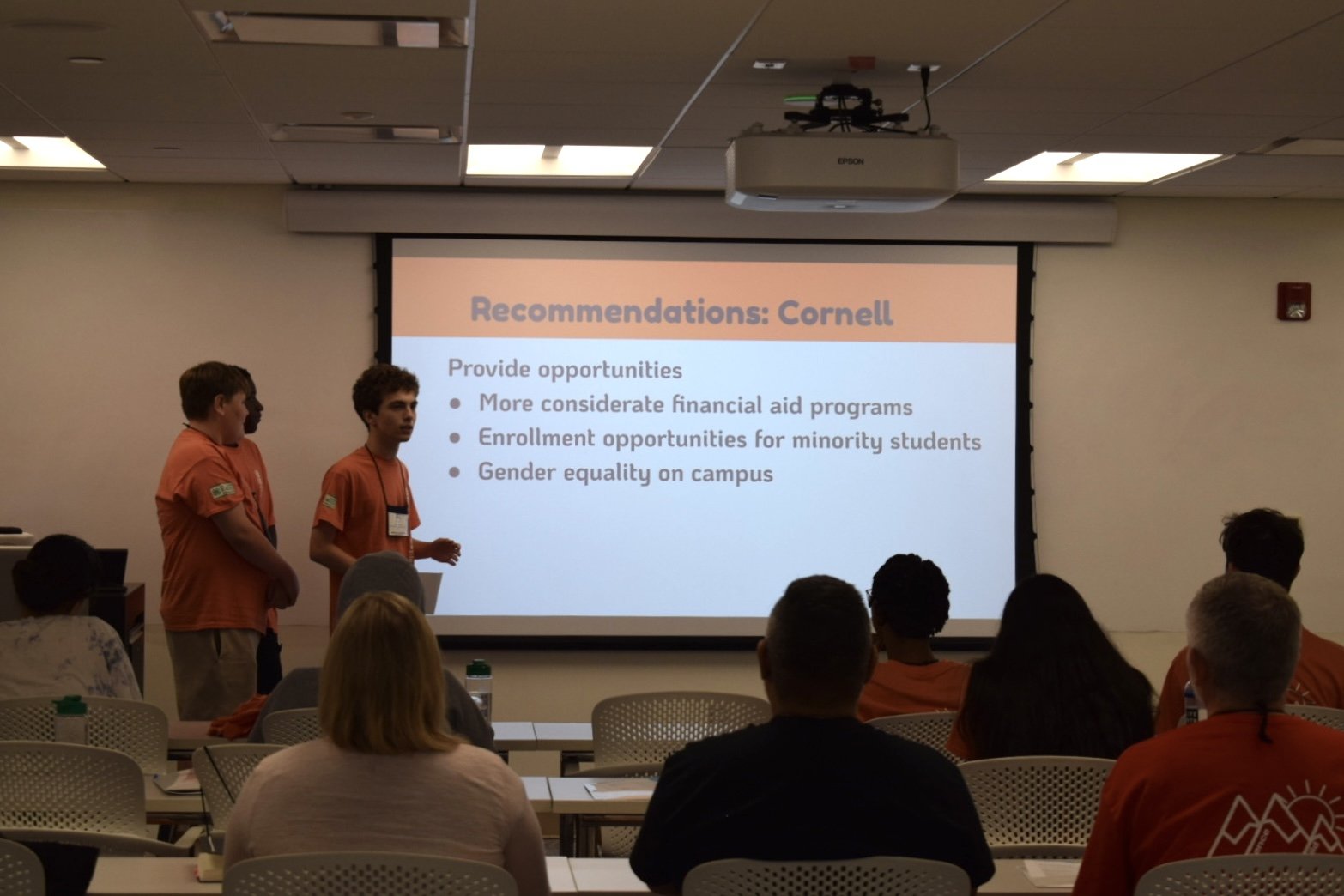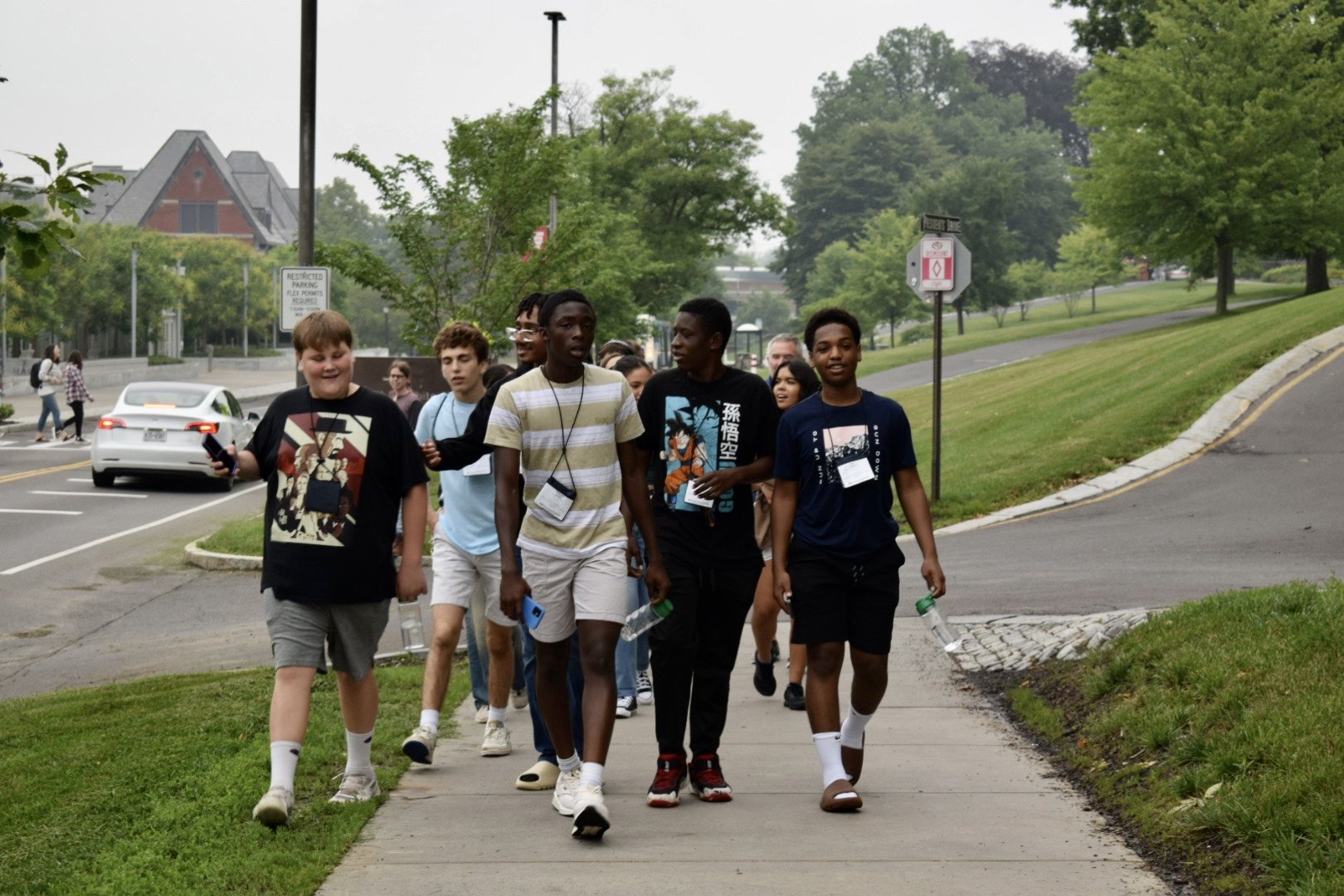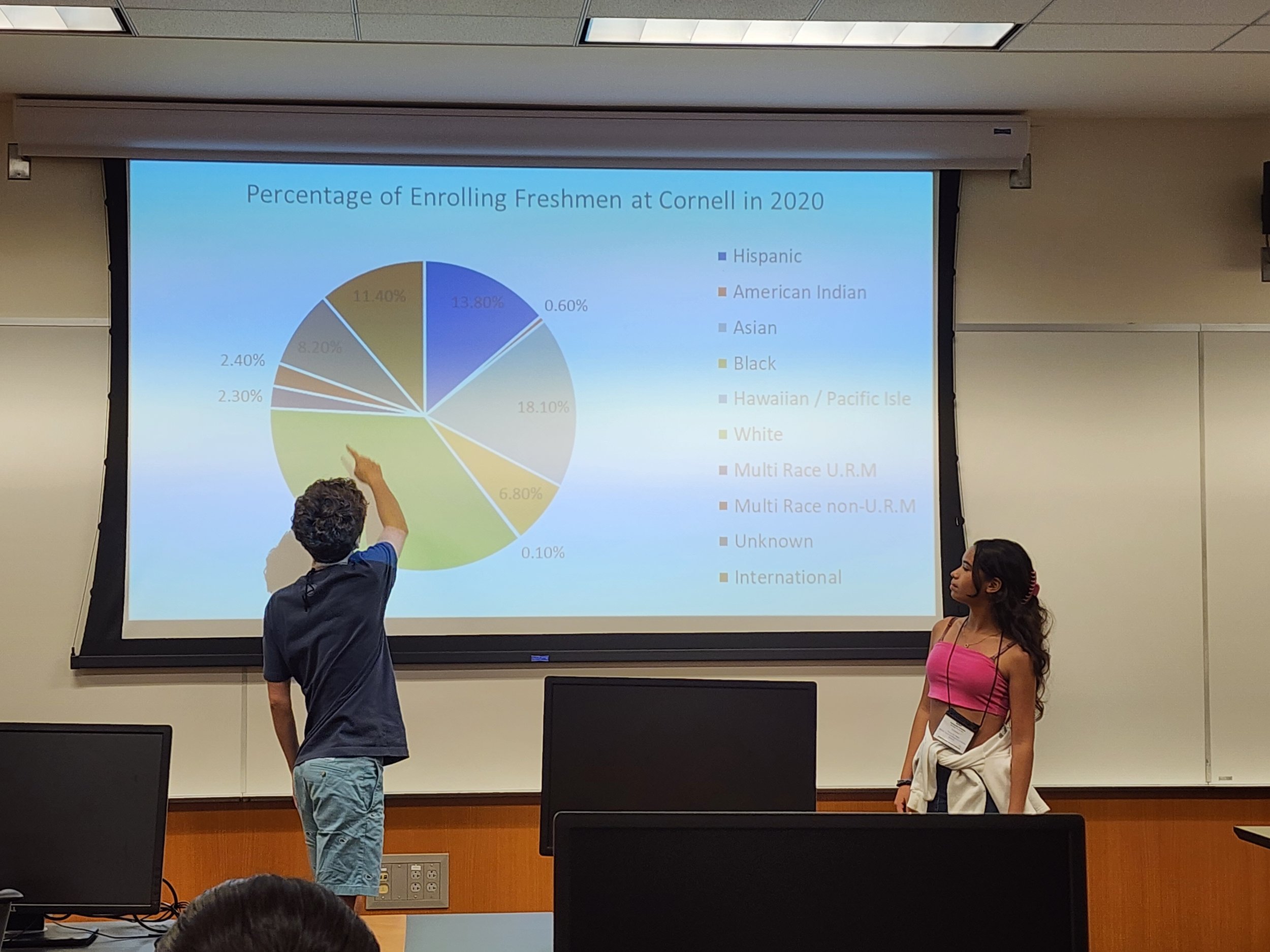PRYDE hosts youth research summit on educational equity
Student researchers attending PRYDE’s youth summit from North Rockland High School
On June 27-29, PRYDE hosted a research summit for teens in collaboration with 4-H Career Explorations. During the PRYDE Youth Investigators in Action Summit, students from North Rockland High School led a youth participatory action research project to understand the impact of social identities on educational pathways.
Participating youth researchers were invited to campus as graduates of PRYDE’s Youth Investigators Program. The youth summit was designed to create space for youth researchers to apply their research training by utilizing participatory methods to investigate and take action on relevant social justice issues. Kristin Ruggiero, 4-H Resource Educator of CCE Rockland County, was the liaison for PRYDE who led the implementation of the Youth Investigators social science research training program at North Rockland High School. Ten students out of 17 total Youth Investigators graduates represented their high school at the summit.
Over the course of the three-day summit, youth conducted interviews with current Cornell students about how identities play a role in undergraduate experiences at the university. These narratives were supplemented by other research methods, such as secondary analysis and photovoice, to assess demographic trends in educational outcomes and explore available resources on campus meant to promote diversity and inclusion. Upon completion of data collection, youth researchers consolidated their findings and delivered a set of recommendations to leadership from North Rockland High School and youth development researchers from the Bronfenbrenner Center for Translational Research.
Through their presentation, youth recommended the adaptation of improved strategies to address educational inequity at both North Rockland High School and Cornell University. Some of these recommendations included bolstering financial aid packages and resources for minority students, raising awareness within community settings, and strengthening partnerships for educational advocacy.


